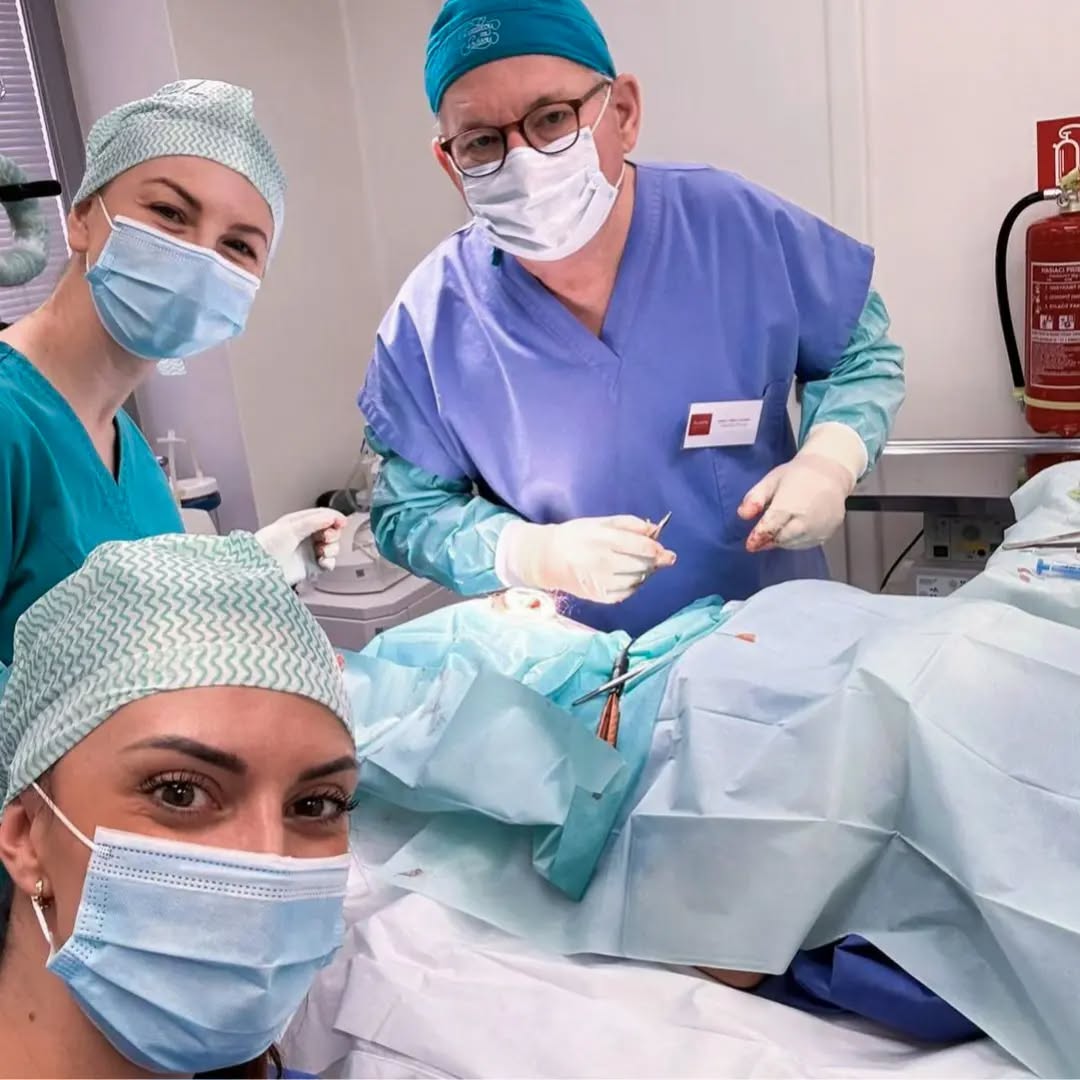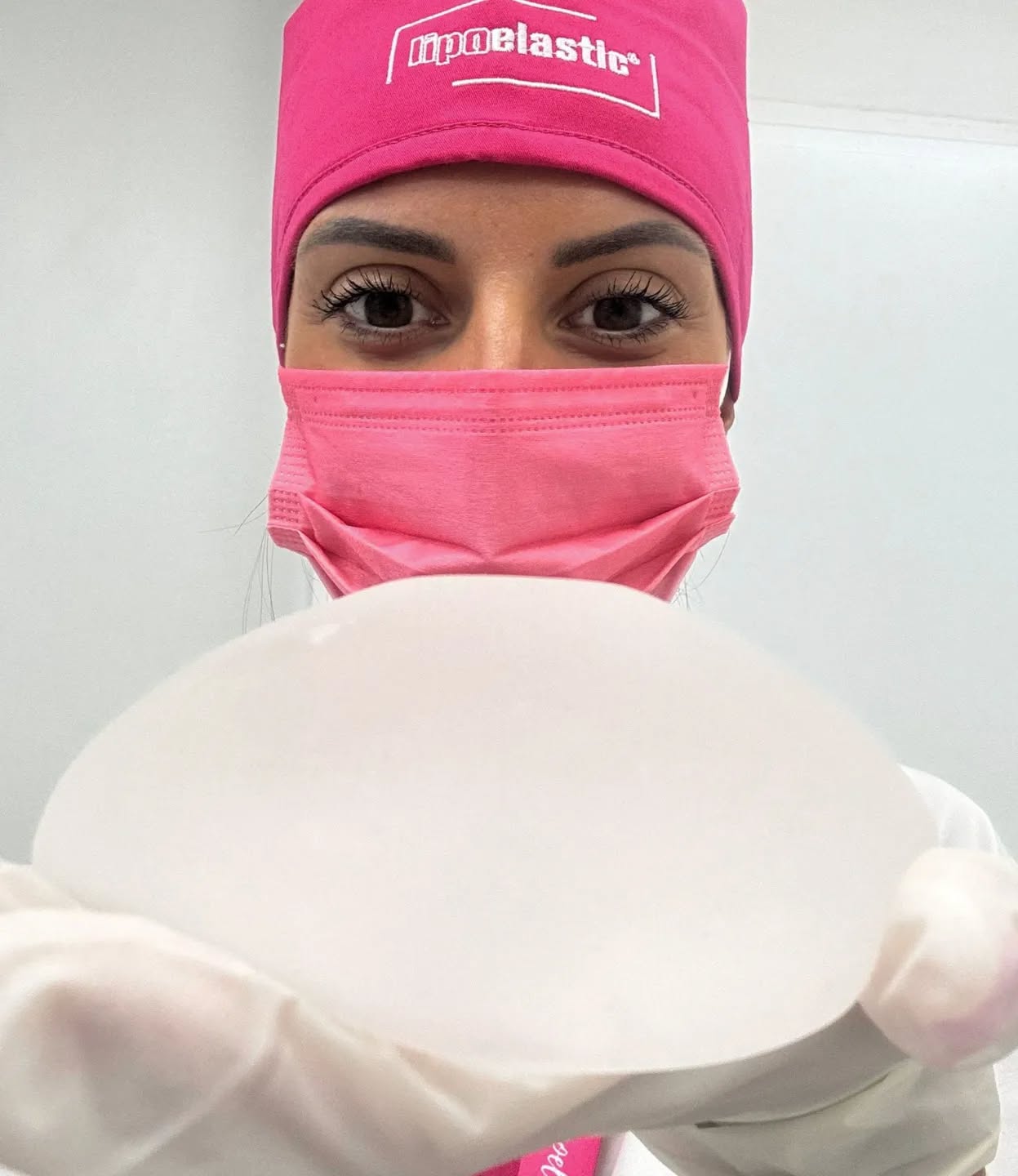Removal of birthmarks
WITH HISTOLOGICAL EXAMINATION
#chirurgiaznamienka
Birthmarks or pigmentation lesions form a large group of marks on the skin that are characterized by their location, size, colour, bordering and margins. When we speak about birthmarks, we are most often speaking about pigmented patches, the colour of which can be from grey to brown to almost black. They are made up of cells, so-called melanocytes.
Counterindications:
- bleeding conditions
- reduced immunity of the patient
Pre-operative preparation
Before the operation no additional examinations are necessary, if the client is healthy. If the client has a serious accompanying illness, it is necessary to have at least a basic examination of the blood and the internal organs. In serious cases we can have an internal pre-operative examination performed.
Course of the operation
The operation itself is performed under local anaesthetic. The anaesthetic is given by injection in the area around the birthmark. Within 2 to 5 minutes of injection, the site is so insensitive that the operation can be done painlessly. A birthmark is removed most often with a 2-3 mm safety margin to ensure that it is completely removed. After removal of a birthmark, the bleeding is first stopped in the surgical wound, and then the wound is closed, sewn up. Consequently, the wound is covered with a sterile poultice or bandage.
Post-operative care
The client is instructed on how to care for the wound and then goes home immediately after the operation. He then comes for a check-up as needed, or 7 - 14 days after the operation for removal of the sutures. At that time, he is given the results of the histological examination. Based on the results, additional treatment and care is recommended. In the case of a negative histological examination, monitoring the client is no longer required.
Why this treatment?
- histological examination
- surgically, the unit is most often removed on an outpatient basis
- possibility of laser scar correction
* You can register at klient.dcmedical.eu and use credit payment, where with the highest bonus you pay the highest price | Anyone can register, even a new client/patient
** Prices are orientational only | The final price depends on the complexity and range of the interventions, which we will confirm upon consultation | The price list is valid on date 5.1.2026













